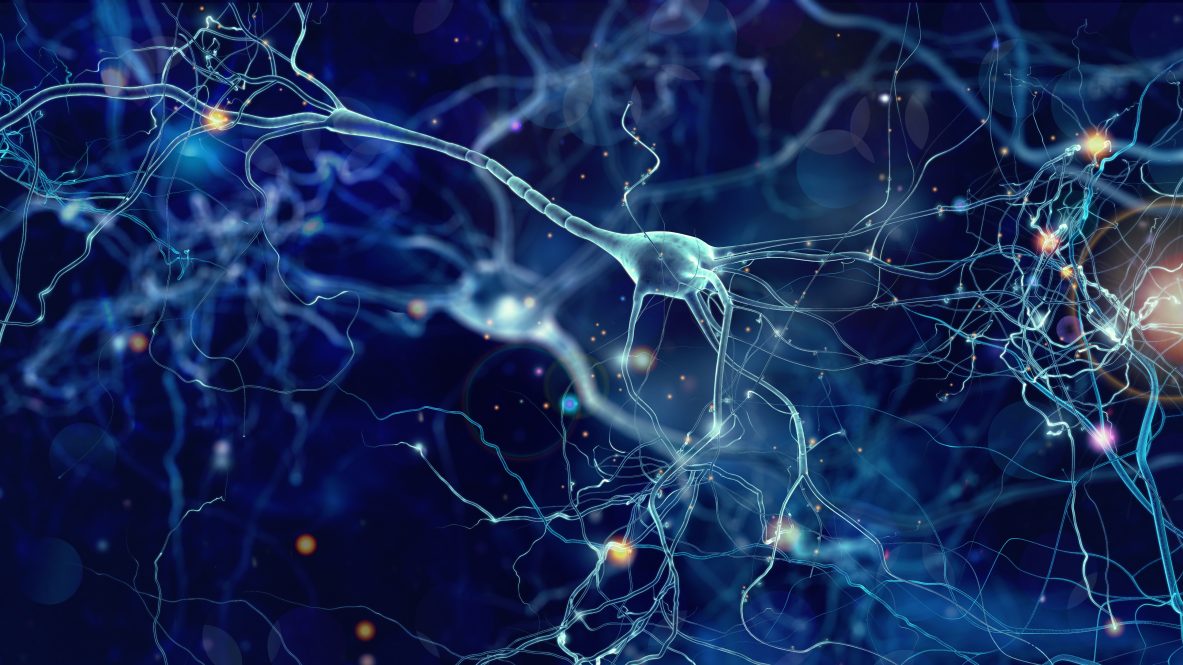Reduced levels of a critical protein are linked to devastating brain diseases like Alzheimer’s, frontotemporal dementia, and amyotrophic lateral sclerosis (ALS). Surprisingly, the protein shortage primarily affects the brain’s blood vessels.
University of Connecticut researchers report in the April 16 issue of Science Advances that mutations in the TARDBP gene that reduce TDP-43 protein levels also impair the cells lining blood vessels in the brain. Called endothelial cells, they play a vital role in maintaining the blood-brain barrier, a protective shield that prevents harmful substances from entering the brain. When endothelial cells lack enough TDP-43 protein, they don’t stick together as tightly. This creates gaps in the blood vessel walls, allowing large or toxic molecules to leak into the brain. The resulting damage may play a role in the progression of neurodegenerative diseases such as Alzheimer’s, frontotemporal dementia, and ALS.
To look more closely at this, the researchers used a mouse model carrying a TARDBP mutation known to be associated with both ALS and frontotemporal dementia. They also used a second model with genetically modified mice that deleted the protein TDP-43 only from endothelial cells, not other cells in the brain. Both mouse models showed clear signs of blood-brain barrier breakdown, brain inflammation, and behavioral deficits. This adds to the growing body of evidence that the defects in TDP-43 first observed in neurons of patients with ALS and frontotemporal dementia are also found in other cells of the brain. This may explain the varied presentations of these diseases. ALS is primarily defined by increasing paralysis, while frontotemporal dementia involves cognitive impairment. But in many cases the two overlap. Understanding cell-type specific vulnerabilities is likely to provide answers to the complex human presentations of these diseases. It may also shed light on less genetically linked diseases, like Alzheimer’s, where TDP-43 dysfunction is also observed.
And although genetic mutations seem to play a role in some of these devastating brain diseases, they don’t tell the whole story.
“While some people with ALS or frontotemporal dementia carry mutations in the TDP-43 protein, most patients do not—yet the protein still becomes dysfunctional in nearly all cases. This tells us that other unknown factors in the body might be causing TDP-43 disfunction,” says School of Medicine researcher Ashok Cheemala. “In the next phase of our research, we aim to understand what causes TDP-43 dysfunction in endothelial cells in the absence of mutations in the gene.” Cheemala and UConn School of Medicine biologist Patrick Murphy and their colleagues are working on finding other genes that might limit TDP-43 dysfunction. Some of these might provide new approaches to limit or slow the progression of these diseases.
The team is also testing whether TDP-43 disfunction may spread between the endothelium and other cells in the brain. Brain blood vessels are in constant contact with neurons and support cells like astrocytes. When TDP-43 becomes dysfunctional, it can clump, and these clumps can spread between cells. The researchers have shown that endothelial TDP-43 dysfunction occurs early in the disease. That suggests that abnormal TDP-43 might be able to infect neighboring cells, in a chain reaction.
“By discovering how TDP-43 becomes harmful and spreads, we hope to uncover new ways to protect the brain, preserve the blood-brain barrier, and stop the progression of diseases like ALS, frontotemporal dementia, and Alzheimer’s,” Murphy says.



